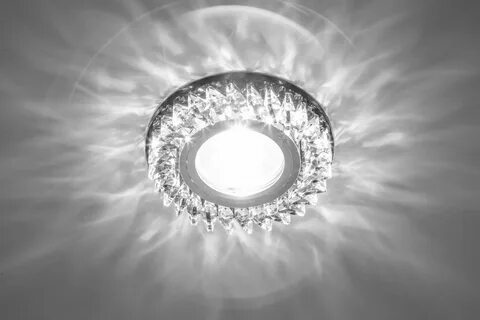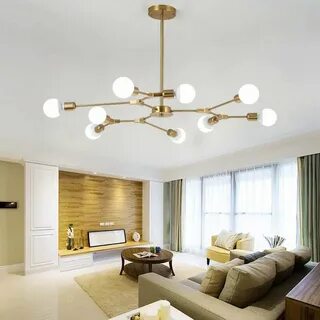
Let’s first understand what spectrum is.
The spectrum is an LED light kenya band that has been divided by a dispersion apparatus (such as gratings and prisms) to create monochromatic light, and it is then arranged according to wavelength.
And the spectrum of light
Prior to the advent of artificial light, sunlight was not just light and energy for the earth but also had a significant impact on the physiology and psychology of human beings.
Sunlight is the healthiest and natural light we are familiar with. Below are various spectral comparison charts.
It’s more comfortable for the eyes and less hazardous than LEDs with a normal spectrum.
There are two main distinctions:
Low blue light
The blue light spectrum is a recognized risk to electronic devices. In fact, lamps and lanterns also cause blue light hazards.
1) It will result in visual fatigue that can impact learning and work efficiency;
2) Injure eye tissue that can cause macular degeneration and cataracts.
3) Melatonin secretion may be affected, which results in an insufficient quality of sleep, or insomnia.
The blue light spectrum’s short wavelength is low. There is a point to mention here: the lower the temperature of the color, the lower the blue light value. Most homes are 3000k-4000k. In the bedroom, it is possible to select 3000k or even 3500k to decrease the blue light.

Color rendering:
If the color rendering index is small, it could impact the human eye’s judgment of the color of an object. Full spectrum lights have a high color rendering index that will restore colors more precisely.
3) Effects on human body’s work and rest
Melatonin releases from the brain in the hours between 9 or 10 p.m., according to the biological clock of the human body.
Blue light may interfere with the production of melatonin from the pineal gland of the brain. Sleep disorders can be caused by prolonged exposure. Full spectrum may help to lessen this issue.
We suggest you to get some full spectrum lamps from [Lujia Liangpin]. Ceiling lamps with full-spectrum light with different styles and sizes are suitable for bedrooms and living spaces.
1) Full Spectrum Cookie Ceiling Light
Lovely shape, comfortable lighting, the first choice for bedroom lighting; the view from above is similar to seeing the cookie. When paired with eye-protective and comfortable lighting, it’s healing.
2) Full Spectrum Ceiling Light
The shape of the cheese is adorable and creamy design that is perfect for bedrooms. The bedroom is characterized by a large requirement for light.
The full spectrum can be used for the stepless dimming. It also has the night light mode that can be used during the night, which is also convenient for getting up at late at night to watch movies on the projection screen in the bedroom.
All people, no matter how big or small, will appreciate this music.
The light fixture on the ceiling is made of pebbles.
Simple shape, adequate brightness, ideal for use in living rooms and with a stepless dimming system and a smart control system, it is more convenient.
If your house is large with white walls or light or apricot-colored wall paint, and space background colors this type of ceiling lamp for living rooms can also be more appropriate.
Full spectrum lamps are predicted to be more popular in the coming years as more people seek out illumination. This will ensure the health of home lighting.
The LED lights emit light in various ways:
Blue light chip and phosphor
Purple Chip + phosphor
No matter which light-emitting method is employed, it can emit an “full spectrum” in the “relative sense”. The entire spectrum is determined by the sun. The other artificial sources of light should be as close to sunlight as possible.
Full-spectrum lighting can be bought for various reasons, including high CRIs, low blue lights or photobiological effects.

But the reality might be quite different from the ideal.
Visible light as well as invisble light.
Sunlight can be seen in seven different colors: orange, yellow green, blue, and violet. When it is concentrated, it turns into white light. The invisible light outside the red spectrum is infrared. It has a wavelength of 5300nm and 760nm.
What are the negative effects of UV radiation that is excessive?
Ask your mother. The so-called full-spectrum LED lights need to replicate the effects of sunlight and have at a minimum ultraviolet and infrared components. Then, the task of dosage control is referred to as the most significant.
Below is a snapshot of the spectrum of sunlight around 6pm. Additional details: the color tolerance is 0.63SDCM CRI Ra is 98.9, and the R9 is 99.
The measurement data could have some errors due to the conditions in the environment.
Blu-ray:
The temperature of the color and the intensity of blue light have a strong correlation. There is a huge distinction in blue light measurements at noon, compared to evening and morning measurements, even if sun is shining.
We don’t consider looking at blue light when we buy LED lamps. Instead, we look at the top of light that is short-wave (wavelengths below 455nm).
Below is an image of an LED bulb being exposed to positive white light. Be aware that the color rendering index is Ra84.5 and R9 is 12.
Thus, whether it’s full-spectrum LED or sunlight LED lamps, the color temperature of the source of light determines the intensity of blue light to a great extent.
To sum up:
In theory, full spectrum LED lights kenya will be more prominent in color rendering index.
However, if you are planning to be aware of photobiology, you must consider the amount of light that is invisible in the event that the benefit outweighs the loss.
Select lamps with low temperature of color, RG0 certification and whose most intense color temperature doesn’t exceed RG1.
Full spectrum LED lamps areprobably still in the early stages of gimmicks (no actual evidence, but just speculation). It’s not about the price.



